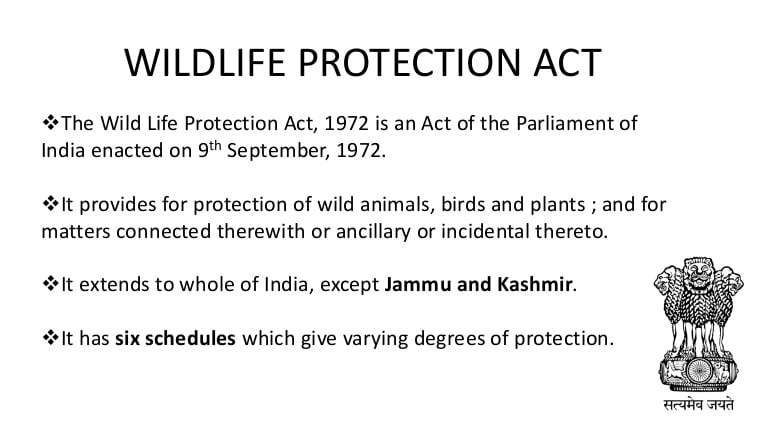CURRENT AFFAIRS
Get the most updated and recent current affair content on Padhaikaro.com
Why prices of Petrol and Diesel are rising?
- Vaid's ICS, Lucknow
- 09, Aug 2021

Why in News?
Retail prices of petrol and diesel have reached record highs in India. One major reason is a heavy tax on Petrol and diesel in India.
Key Facts:
- The government states that the reason behind this rise in price is an increase in global crude prices by more than 50 per cent.
- While retail prices of both fuels in other countries are just reaching pre-pandemic levels, Indian consumers are paying a lot more.
Why are consumers in India paying more for petrol and diesel?
Retail petrol and diesel prices are linked to global crude oil prices in theory. That means if crude prices fall, retails prices should come down too, and vice versa. However, this does not happen in reality especially in India.
- First,when global prices go up, the consumer has to pay the increase in price. But when the prices decrease, the government introduces fresh taxes to ensure that it collects extra revenues.
- For instance, the government hiked the central excise duty on petrol and diesel at the beginning of 2020 to boost revenues. The government did this to boost economic activity government. This resulted in the revenue gain to the government.
- Currently, state and central taxes amount to around 180 per cent of the base price of petrol and 141 per cent of the base price of diesel in Delhi.
- Second,crude oil prices collapsed during the pandemic. But as economies have reduced travel restrictions, global demand has improved, and prices have been recovering.
- Third,the controlled production of crude amid rising demandhas been another key factor in boosting oil prices.
- Fourth, Oil Marketing Companies (OMCs) are free to set prices for petrol and diesel based on international prices on paper. Increase in central levies has meant that the consumer hasn’t benefited from low international prices and has ended up bearing the cost of rising crude oil prices.
Facts For Prelims:
Giant Leatherback turtle:
Proposals for tourism and port development in the Andaman and Nicobar (A&N) Islands have conservationists worried over the fate of some of the most important nesting populations of the Giant Leatherback turtle in this part of the Indian Ocean.
Key facts:
- The largest of the seven species of sea turtles on the planet and also the most long-ranging, Leatherbacks are found in all oceans except the Arctic and the Antarctic.
- Within the Indian Ocean, they nest only in Indonesia, Sri Lanka and the Andaman and Nicobar Islands.
- They are also listed in Schedule I of India’s Wildlife Protection Act, 1972.

